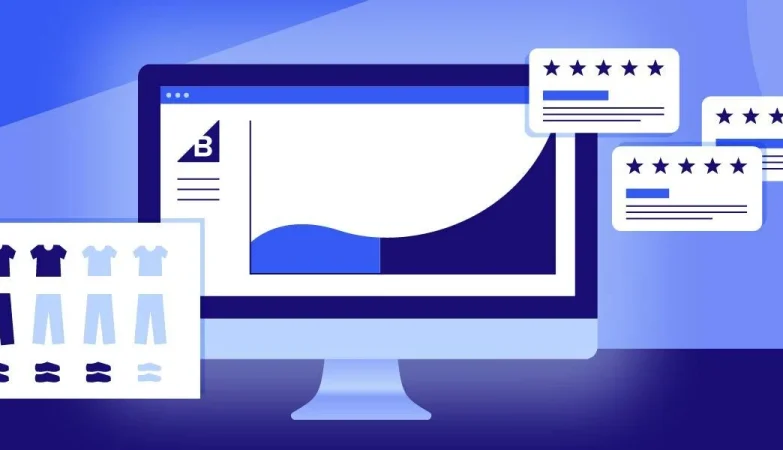Reducing business operations costs with technology helps businesses gain competitive edge. From communication and collaboration tools that foster seamless teamwork to automation and process optimization solutions, embracing technology boosts efficiency and productivity.
Streamlining processes requires dissecting each step to identify any redundancies or unnecessary complexity and take measures to eliminate it. In addition, standardizing procedures, automating workflows and implementing data analytics solutions should all be part of this endeavor.
- Communication and Collaboration Tools
Business success relies heavily on effective communication. Misunderstandings and delays can have devastating repercussions for productivity; to combat them, companies should use tools which facilitate real-time dialogue and promote teamwork.
Slack and Microsoft Teams provide instant messaging apps with various communication features such as channels, direct messages and video calls to allow teams to quickly communicate without long email threads or time wasted on tedious tasks. These instant messengers enable fast team collaboration while streamlining communication quickly and efficiently for teams of all sizes.
Businesses also benefit from document management solutions that allow them to easily upload and share files in a central repository, providing quick access and reducing risks of outdated or inaccurate information. Plus, their scalability ensures they can expand seamlessly to accommodate increasing project numbers or data volumes – while an emphasis on training and customisation promotes sustainability by helping companies get the most out of these tools.
- Automation and Process Optimization Tools
Streamlining business processes is essential to improving efficiency, lowering costs, and increasing customer satisfaction. This involves eliminating ineffective or redundant steps from workflows, speeding up task completion timeframes, and decreasing errors.
Streamlining can involve more than simply smoothing over rough edges and making processes simpler, it also involves standardizing procedures and automating them to reduce manual effort, improve accuracy, and free up more time for other important activities.
Automation and process optimization tools are crucial tools for increasing productivity, cutting out unnecessary tasks, and encouraging team collaboration. Workflow automation software such as Cflow makes it simple to automate processes across departments with an user-friendly interface; Camunda Optimize provides workflow optimization solutions that identify opportunities to reduce process steps, monitor performance more closely, and improve efficiency.
Other essential tools for streamlining include data analytics and business intelligence software that provide valuable insights into metrics and identify growth opportunities, while employee management and HR software facilitate administrative tasks, project management processes, and promote work/life balance for employees.
- Data Analytics and Business Intelligence Tools
Data analytics tools help businesses of all sizes make the most out of their information. From creating data visualization reports to improving financial results, BI tools enable organizations to streamline operations and make better informed decisions.
BI tools enable businesses to proactively identify any issues within their operations or products, allowing them to take corrective actions before the issue escalates. This helps mitigate costs while giving companies a competitive advantage by not having to rely on gut instinct for running their operations.
Selection of an effective business intelligence (BI) tool depends on both business needs and user counts. Some leading platforms offer features like data ingestion and integration, visualization and dashboard creation, AI-generated insights and more – for instance Yellowfin combines business intelligence and predictive analytics for powerful decision making as well as self-service reporting interface, real time analytics and an efficient workflow system.
- Employee Management and HR Software
Human resources tools enable companies to efficiently manage employees and data within one integrated system, with automated alerts and reminders set to ensure time-sensitive HR tasks like running payroll or new hire benefits elections are completed on schedule.
Other employee management features include performance evaluation and goal tracking tools as well as tools that collect continuous feedback – these features can help increase employee engagement and foster a strong company culture.
These tech tools can also assist with hiring by streamlining the process for recruiting top talent. Furthermore, these tech tools can assist with employee training by creating a centralized repository of information and documentation, while remote working can be supported through transparent communications among employees sharing files transparently with one another. Finally, these tech tools can increase worker productivity by allowing workers to collaborate from different locations with flexible schedules while tracking work hours accurately so they can be compensated fairly for their efforts.









